The evolution of AI in recent times has transformed the field of digital art and design, giving people the power to bring their ideas to visual designs. Today, there are many powerful tools in the market that can help convert textual prompts into visual/digital art.
Ginni Rometty, former CEO of IBM, commented about the future of AI, stating, “Some people call this artificial intelligence, but the reality is this technology will enhance us. So instead of artificial intelligence, I think we’ll augment our intelligence.”
Artificial intelligence programs today utilize sophisticated algorithms to interpret user inputs and be able to generate visual results from photorealistic to highly abstract. AI applications like Midjourney and Stability AI are two powerful resources that enable users to convert their idea prompts into visual results.
Midjourney
Midjourney is an AI tool that can assist in generating visual art from textual prompts. Since its release in 2022, the AI tool has been updated into multiple versions, with version 6.5 being the most recent. It can be accessed through a Discord server with subscriptions ranging from $10 to $120/ month.
Here are the five key points to help you understand and use Midjourney effectively:
- Getting Started: Open a free Discord account, join the Midjourney server, and choose a suitable subscription plan.
- Creating Images: Use the /imagine command to generate images by typing a text prompt. Be specific and descriptive in your prompts.
- Using Commands: Learn various commands, such as/blend, /describe, /fast, /relax, /settings, and more, to customize your image generation experience.
- Advanced Prompts: Combine image URLs, text descriptions, and parameters in your prompts to create more complex and tailored images.
Stable Diffusion AI
Another text-to-image diffusion model is Stable Diffusion AI, which is open source and can be used online and offline (via web version) with its paid versions ranging from $29 to $149.
Here are five key points to use Stable Diffusion:
- Getting Started: Install the necessary libraries and set up the environment to Access Stable Diffusion through platforms or services that offer it, such as Hugging Face.
- Creating Images: Use a text prompt to generate images, specifying details like style, color, and composition to guide the AI in producing desired results.
- Using Commands: Familiarize yourself with commands and parameters that allow for customization, such as setting image size, adjusting prompt strength, and using control nets for more precise outputs.
- Advanced Features: Explore advanced options like inpainting to edit parts of an image and blending multiple prompts to create unique combinations.
Comparison
Both AI tools apply pre-trained AI models to generate images. Midjourney uses custom models optimised for artistic styles while Stable Diffusion works on Latent Diffusion Model for versatility. Midjourney operates on a third-party app (Discord), it is easier to use compared to Stable Diffusion as it is more customizable and therefore takes more time to understand.
Compared to Stable Diffusion, Midjourney appears to deliver higher-quality images more efficiently. The latter produces good results but takes more time, and the user will need to master the features and customizable options.
For more advanced users who want to work on more technical aspects to adjust and customise various parameters, Stable Diffusion seems a better option providing better semantic control and creating more photorealistic images.
Check out PAACADEMY’s workshop to learn more about AI-generated applications and their use in architecture.
Architecture and interior design have always been about visualizing and converting sketches into real detailed designs. This process can be made much quicker with the help of such highly intuitive AI tools. Architects and designers can use these AI tools to speed up their workflow by running client requirements via textual prompts and then using the AI-generated images as mood board references to speed up the brainstorming process. While one can do that, designers can run their 3D model mockups by converting basic views into lifelike, detailed renders to make more informed decisions.
In today’s world of social media, where community-driven platforms are more appreciated by users to discuss and showcase their ideas and designs, both AI tools have access to digital networks, where Midjourney has a more diverse discord-based community, Stable Diffusion has its communities dispersed over various social platforms.
With the rapid development of AI technology, tools like Midjourney and Stable Diffusion have emerged as powerful resources for designers to assist them in their workflows. Both have unique features and are likely to increase users’ convenience in the future.

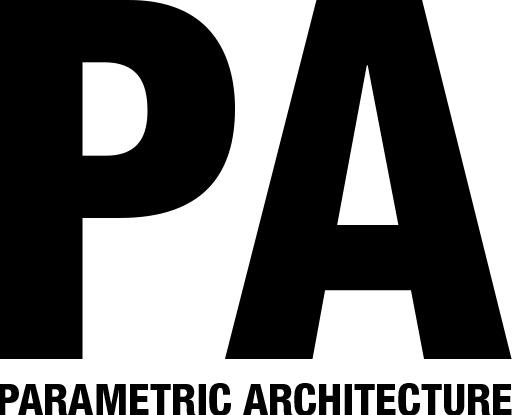


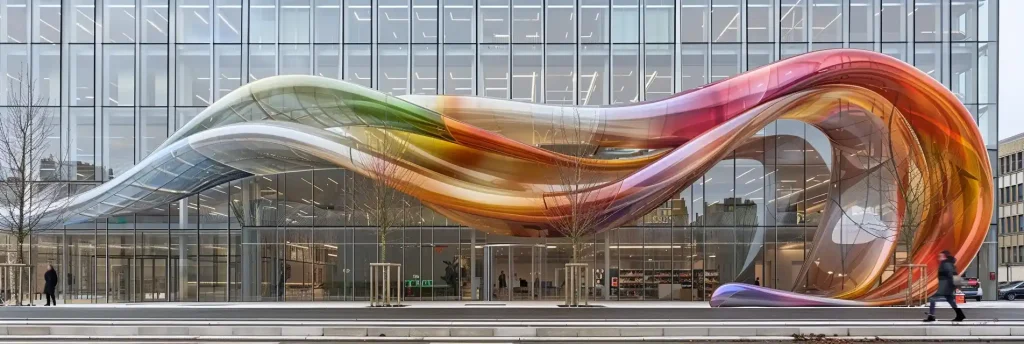
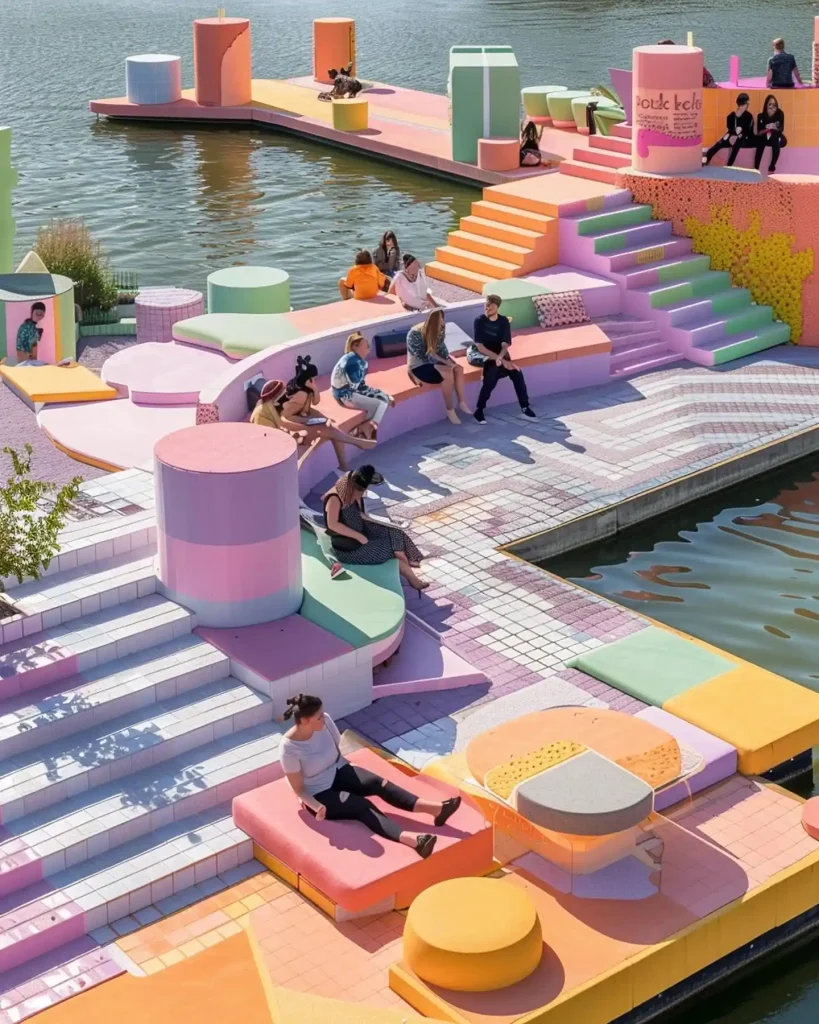

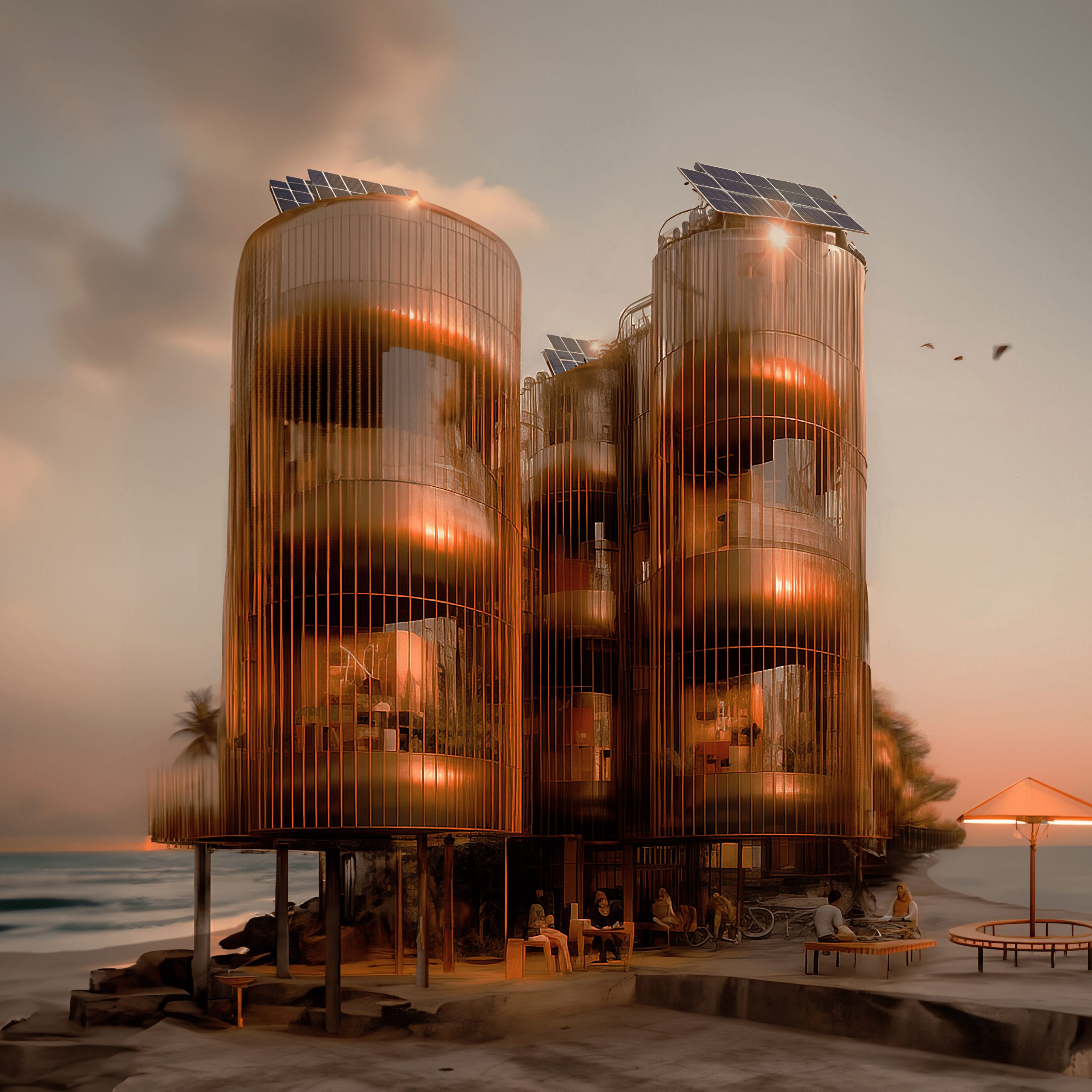




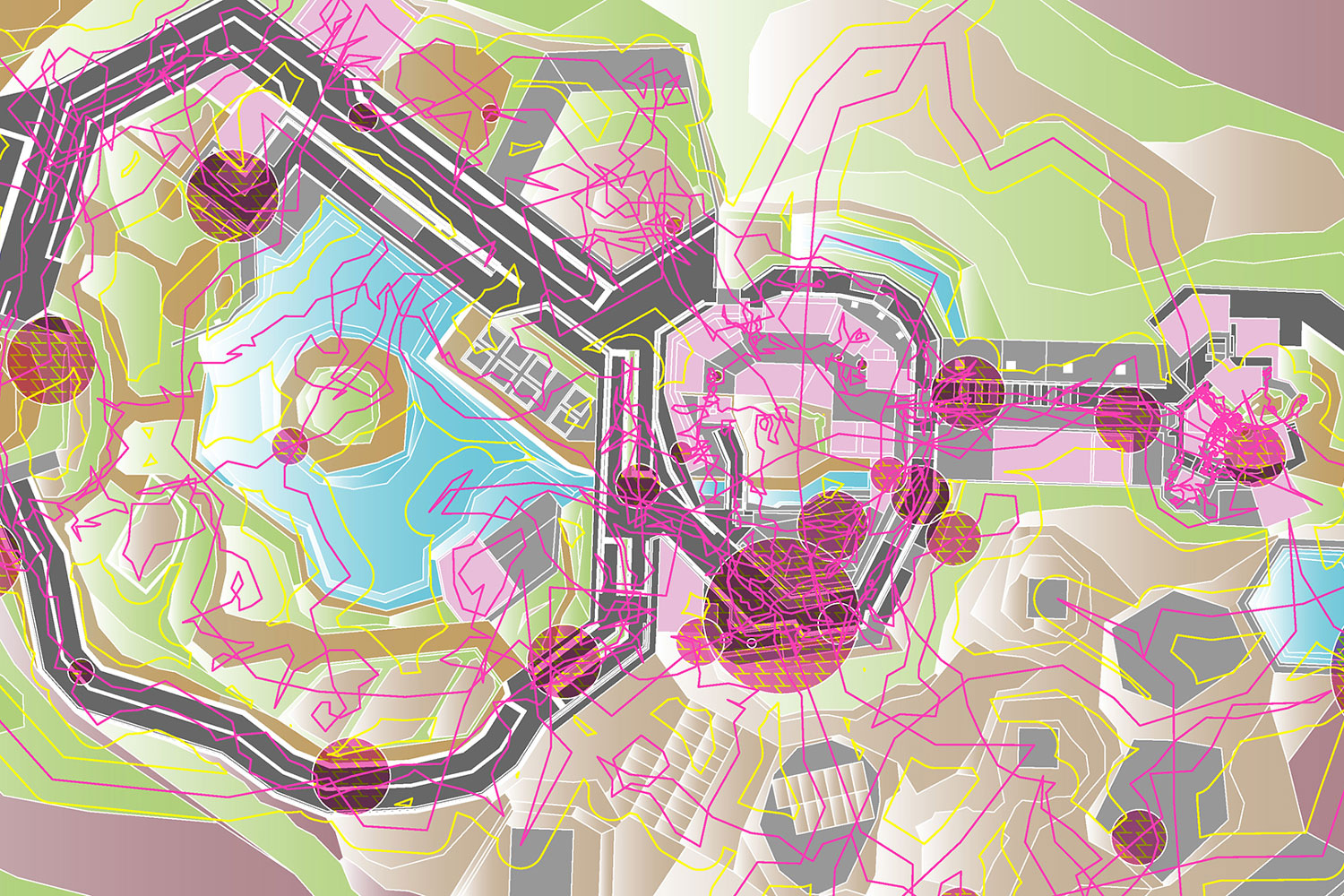
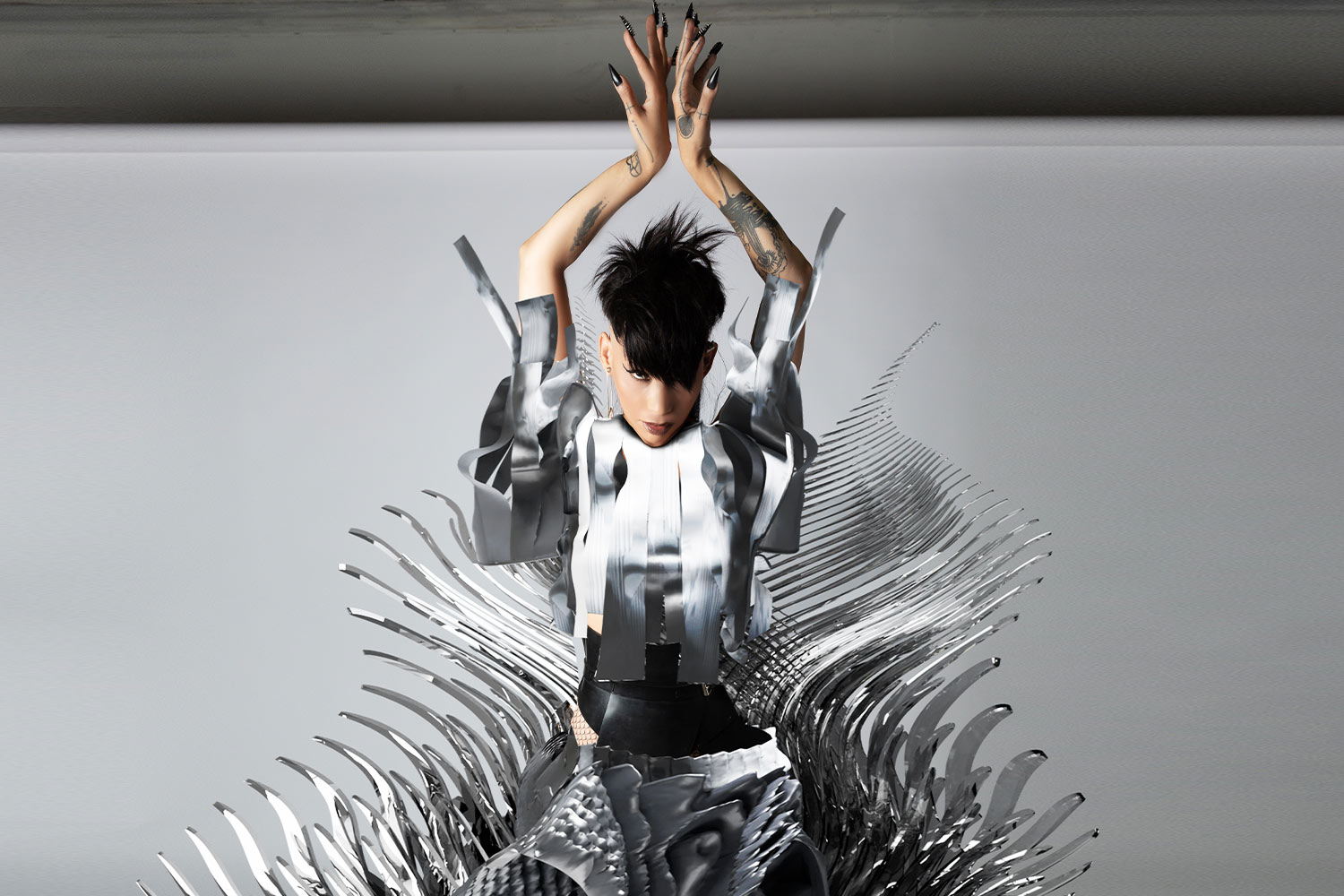









Leave a comment